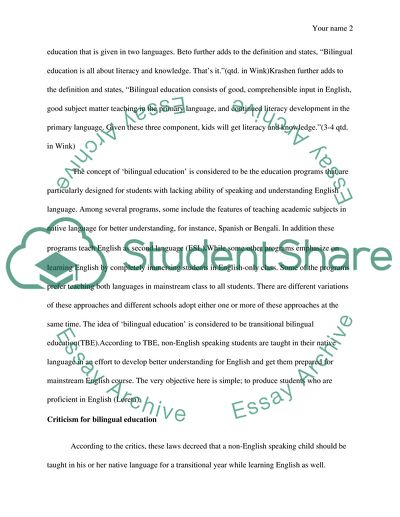Cite this document
(Bilingual Education and Debate Literature review, n.d.)
Bilingual Education and Debate Literature review. Retrieved from https://studentshare.org/education/1572081-bilingual-education
Bilingual Education and Debate Literature review. Retrieved from https://studentshare.org/education/1572081-bilingual-education
(Bilingual Education and Debate Literature Review)
Bilingual Education and Debate Literature Review. https://studentshare.org/education/1572081-bilingual-education.
Bilingual Education and Debate Literature Review. https://studentshare.org/education/1572081-bilingual-education.
“Bilingual Education and Debate Literature Review”. https://studentshare.org/education/1572081-bilingual-education.


